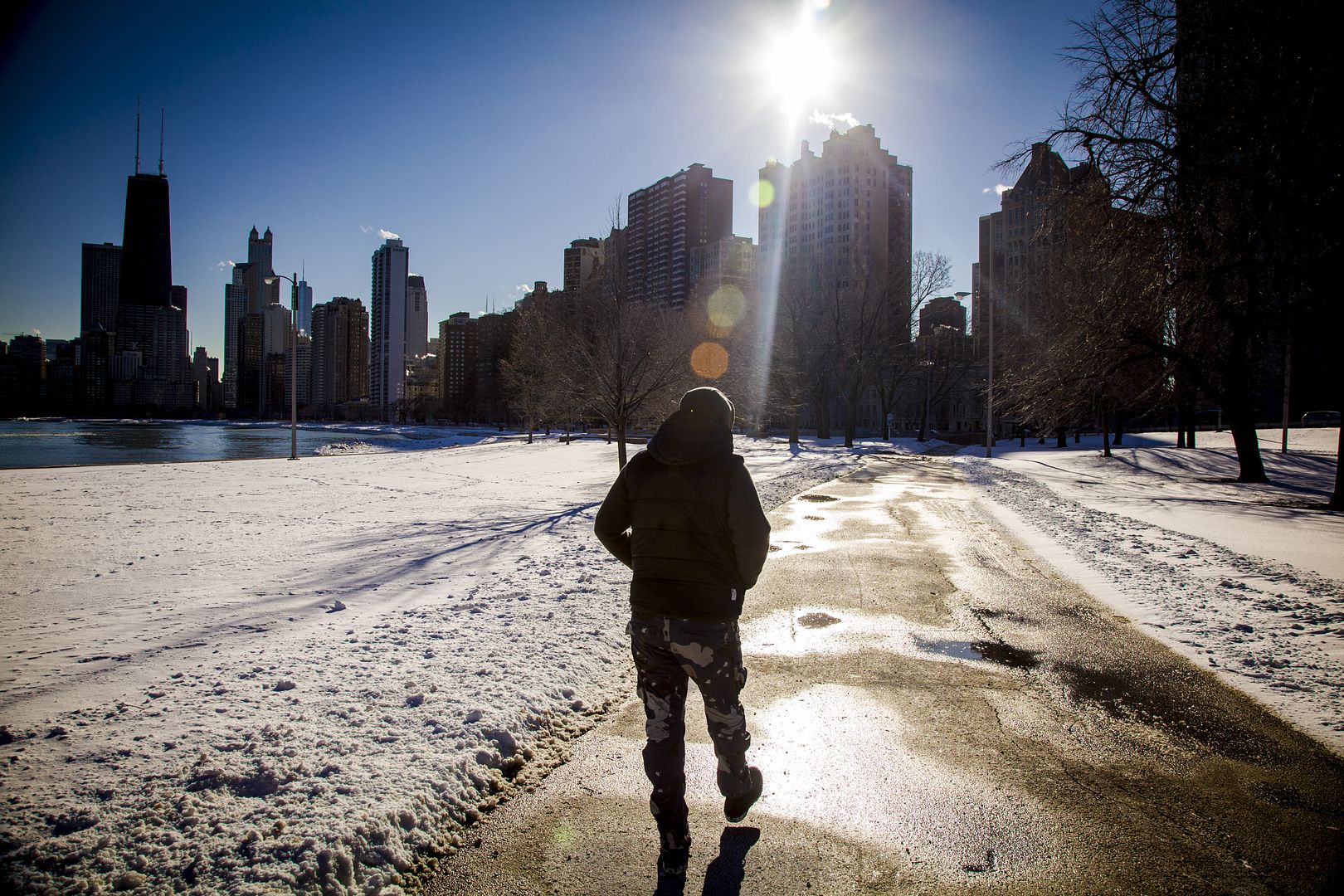Just over a month after the First Step Act was passed in Congress and signed into law by President Trump, we are already seeing results. One of the first benefactors was Edward Douglas, a Chicago native, who was released last week after a drug offense sent him to life in prison.
Douglas came to trial in the 1980s when crack and cocaine dealing were prosecuted differently. Despite the fact they are essentially the same drug, dealing crack implied a mandatory minimum. The important distinction is that crack cocaine has always been much cheaper, and more prevalent in lower income, and ethnic areas. Additionally, Douglas’ sentencing was made even stiffer because of his prior offenses which qualified him for the problematic three-strikes laws.
The First Step Act specifically targets increased penalties for crack—which could mean early release for 2,660 inmates, according to the U.S. Sentencing Commission. Additionally, “It eases mandatory-minimum prison sentences for drug offenders and gives well-behaved inmates incentives to earn ‘good time’ credits toward early release.”
After serving 16 years, Douglas is now home with this family. NBC News reports on his second chance after his release. He says, “I was one of the first ones to get it, but other guys are waiting to get it. It’s the fact that people took the time to fight for this. And I’m not going to mess that up.”
With such early results from the First Step Act, I have begun to wonder: What will be the second step? In my opinion, I hope the “second” step might be providing resources to make the transition out of prison easier, which could possibly reduce recidivism rates.


